From the hostel in Yazd, Steve and I booked a tour to see three places of cultural heritage; the 4000-year-old mudbrick village of Kharanaq, the old Zoroastrian fire temple of Chak Chak, and one of the oldest buildings in Iran in the modern city of Meybod.
We tried to find other travellers to go with us, so we could split the slightly expensive price of 1,200,000 rial (37 USD), but we were not successful. The funny thing is, that at all of the three places that we visited on the tour, we met Korean Jade and Australian Qail, who were also on the tour with just them two. They were staying at a different hostel in Yazd, so we wouldn’t have known, but in theory, we could’ve saved a lot of money by staying at that hostel and meeting those two wonderful people there! Oh well 😉
The abandoned mudbrick village of Kharanaq
Our first stop was Kharanaq, located 70 km. north of Yazd. Kharanag is village, which is divided into two parts – an 4000-year-old abandoned and crumbling mudbrick village, and the new and modern town, where some 130 families live. Most of the people, who used to live in the old part of town, have moved to the new part of town for safety reasons, but a few elderly people remain in the old part.
I really enjoyed exploring the ancient village. We had an hour for ourselves, so I decided to go everywhere I could possibly go, through the labyrinth of streets and tunnels, climbing every half-broken staircase and walking on the roofs of the crumbling houses.
I also went for a small walk in the new village, located right beside the old one, and it was interesting to see the huge contrast with all the power lines and the paved roads – and people! The houses looked somewhat similar though, although not crumbling like in ancient Kharanaq.
The experience of exploring Kharanaq was pretty special, since walking around in ruins would usually not be allowed, at least not in the west. It was a unique opportunity to thoroughly explore one of the remaining cities of Ancient Persia.
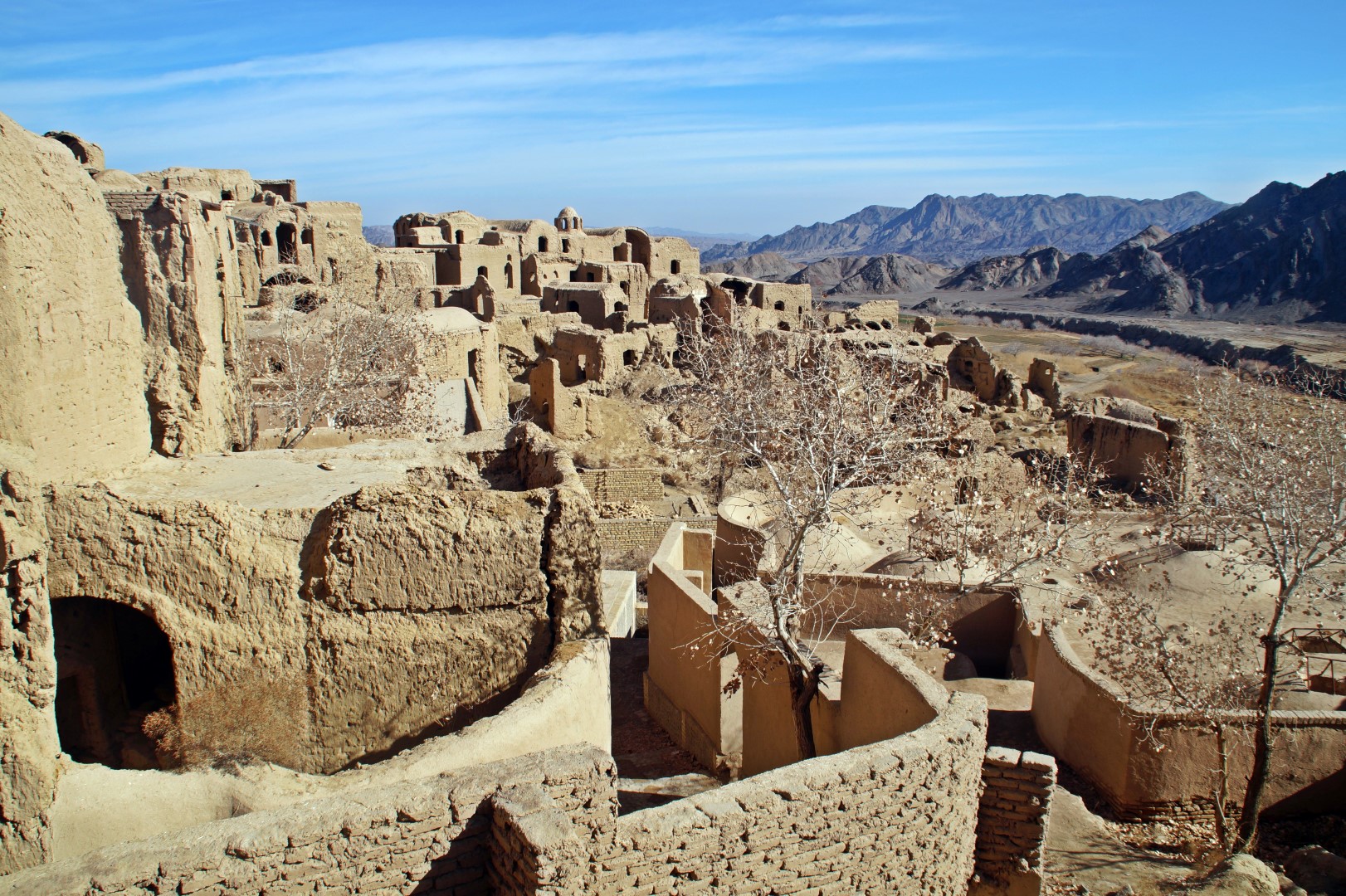

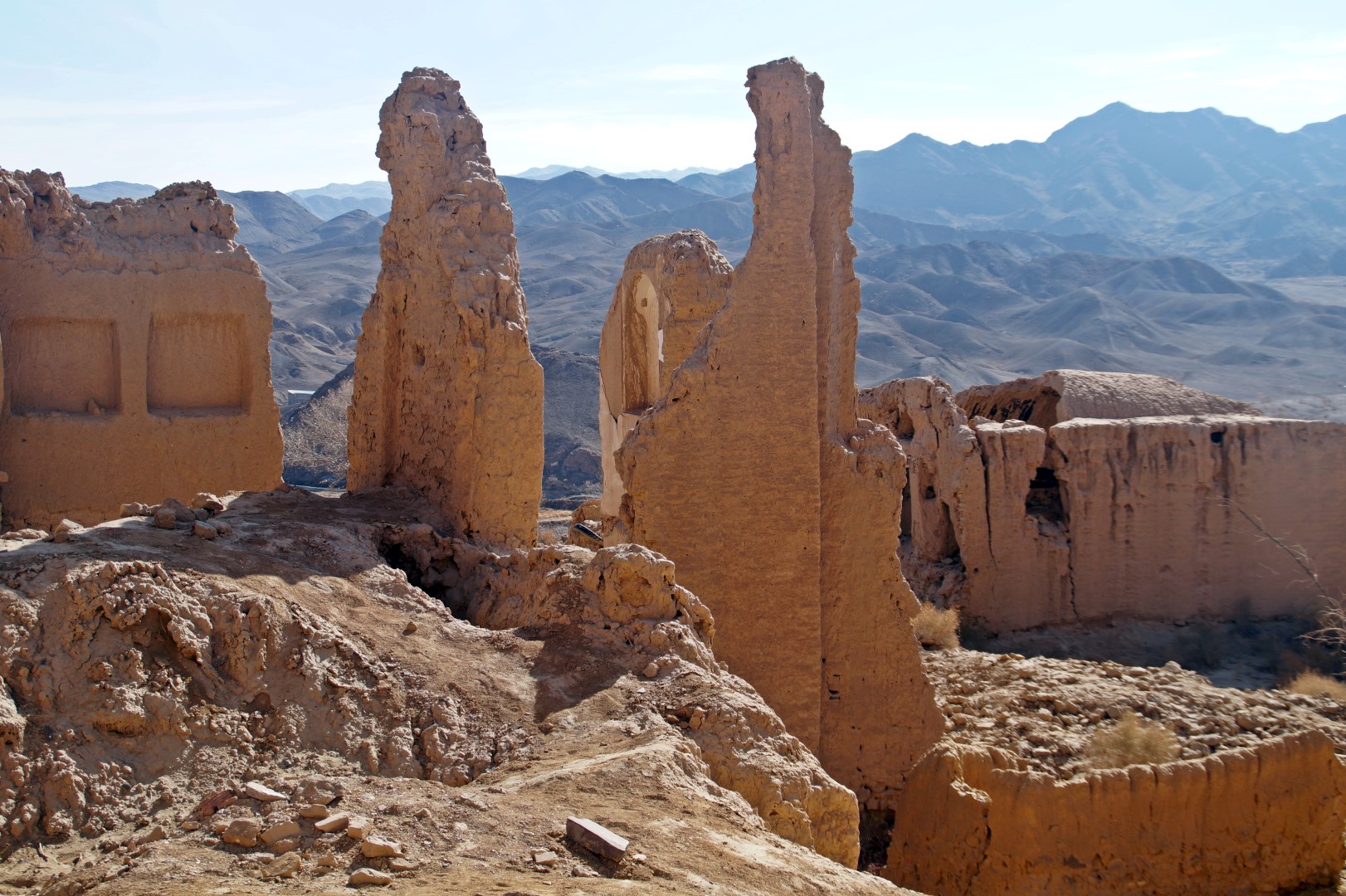
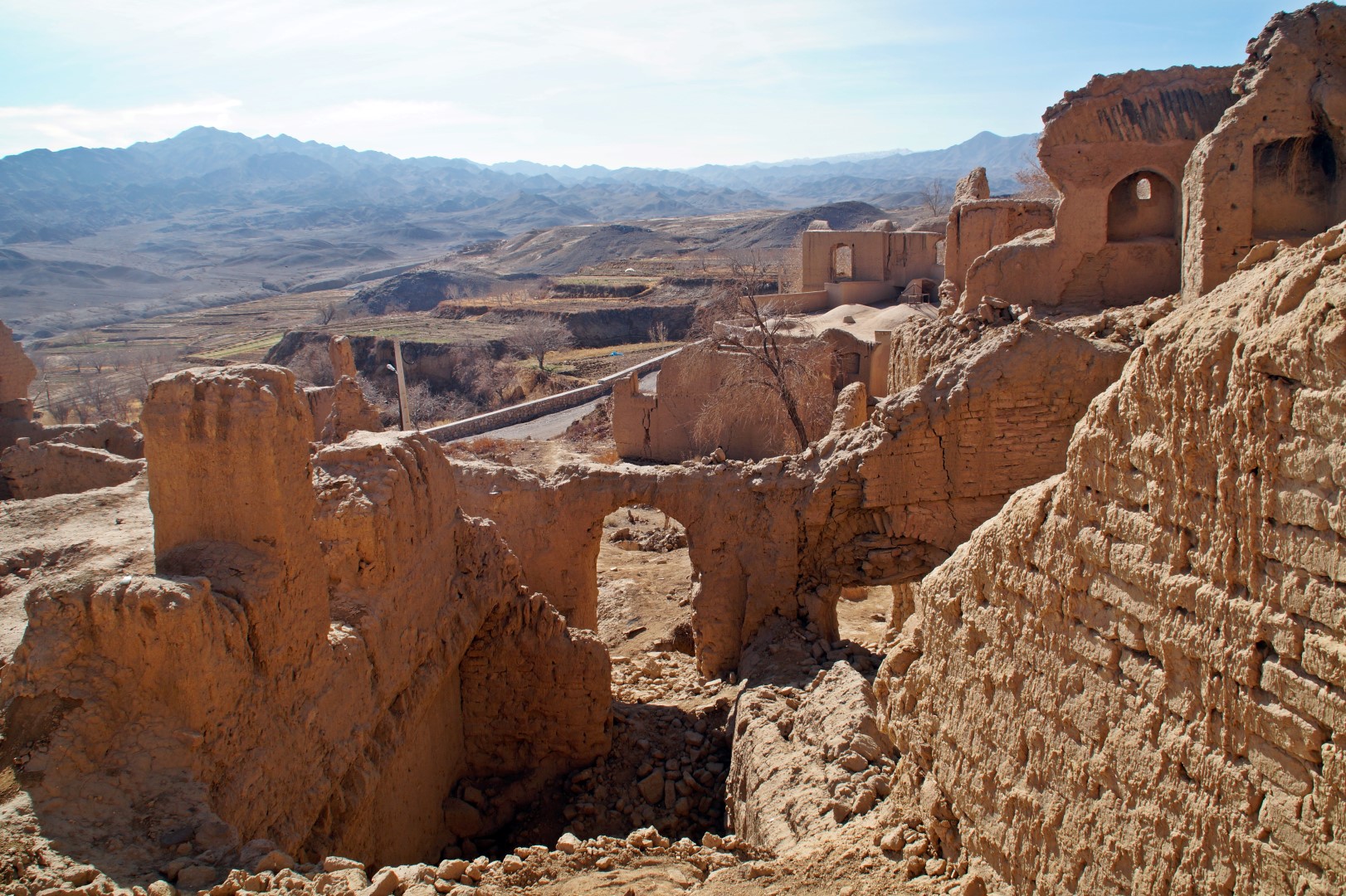
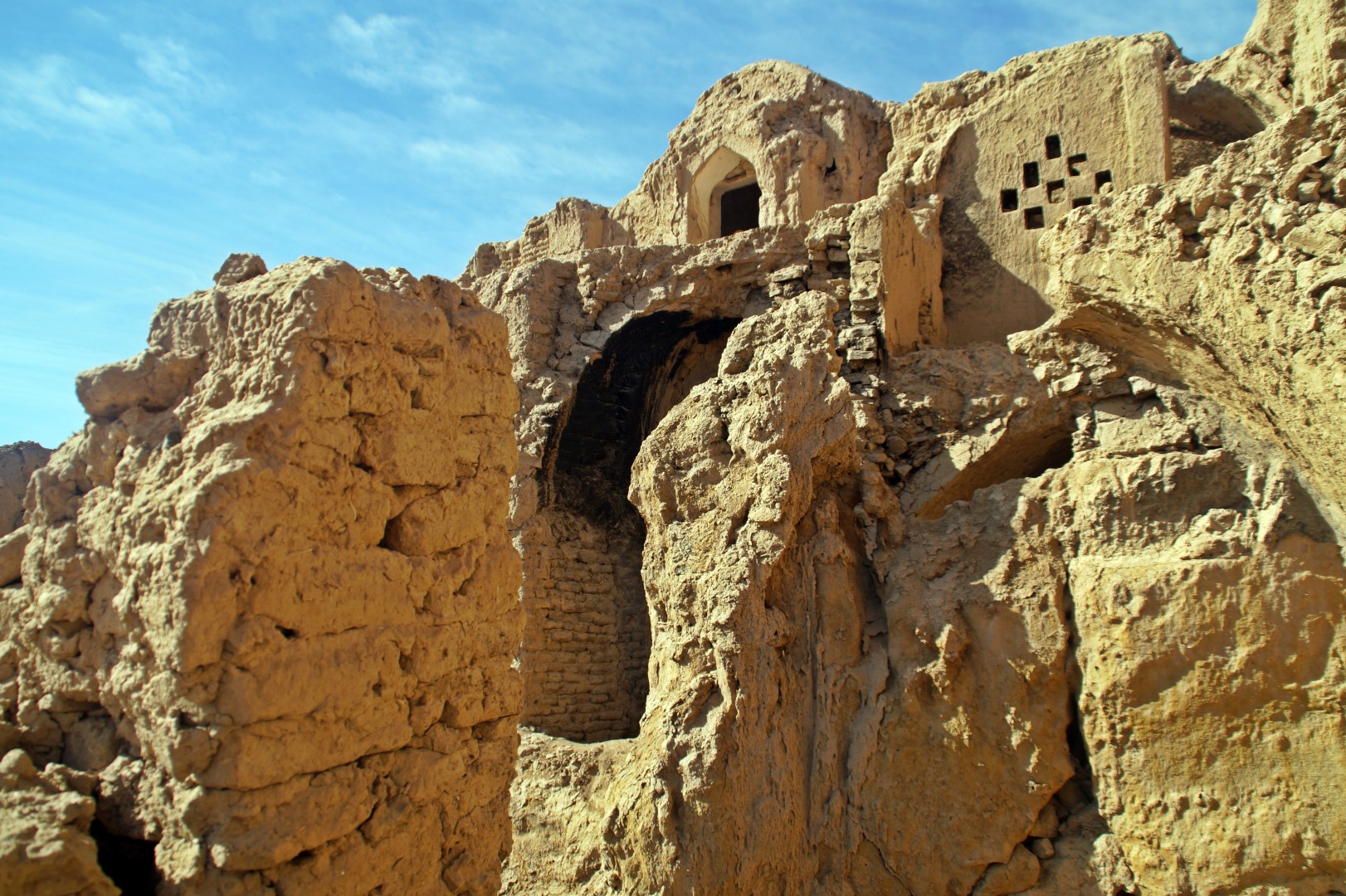
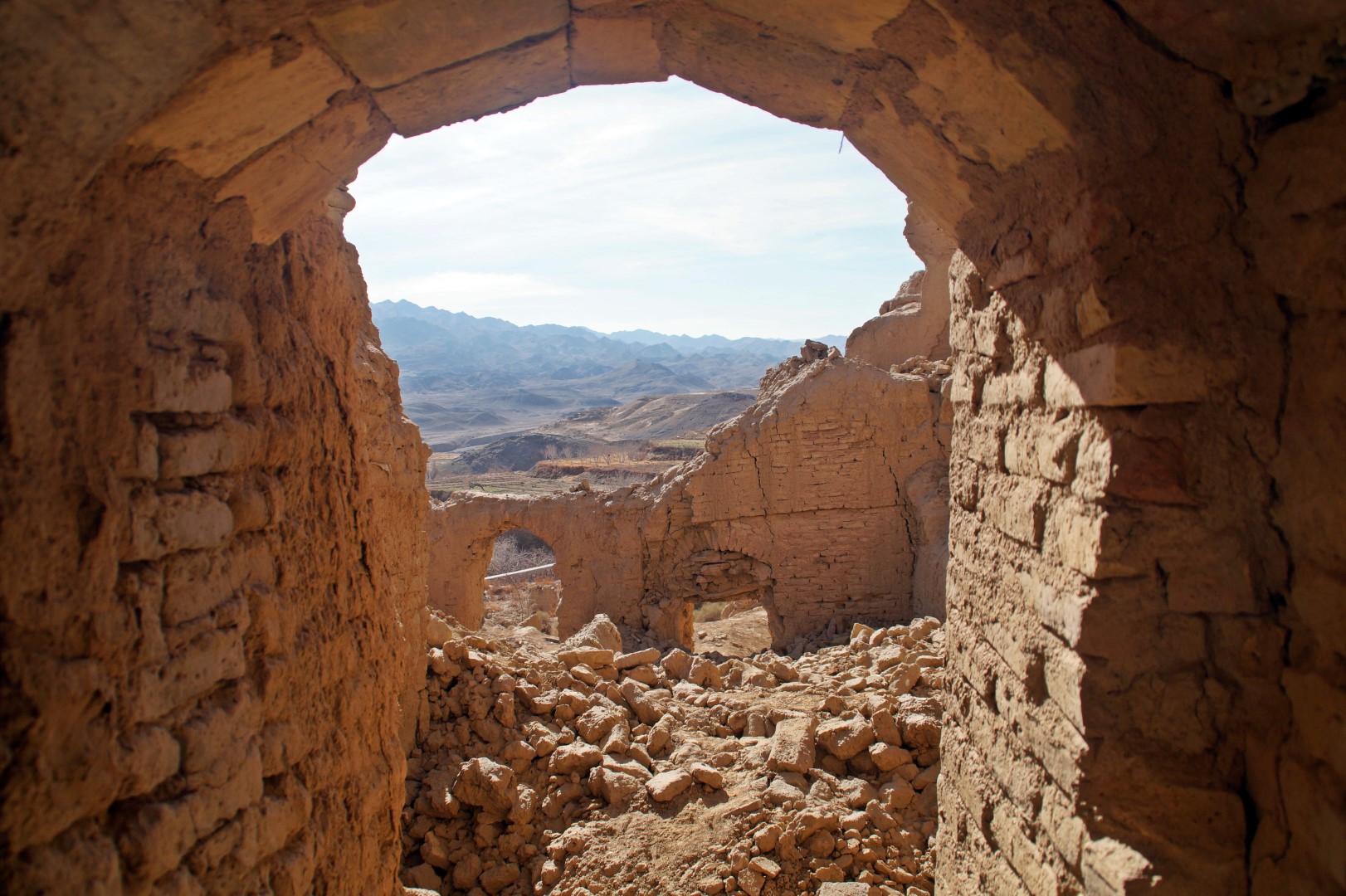
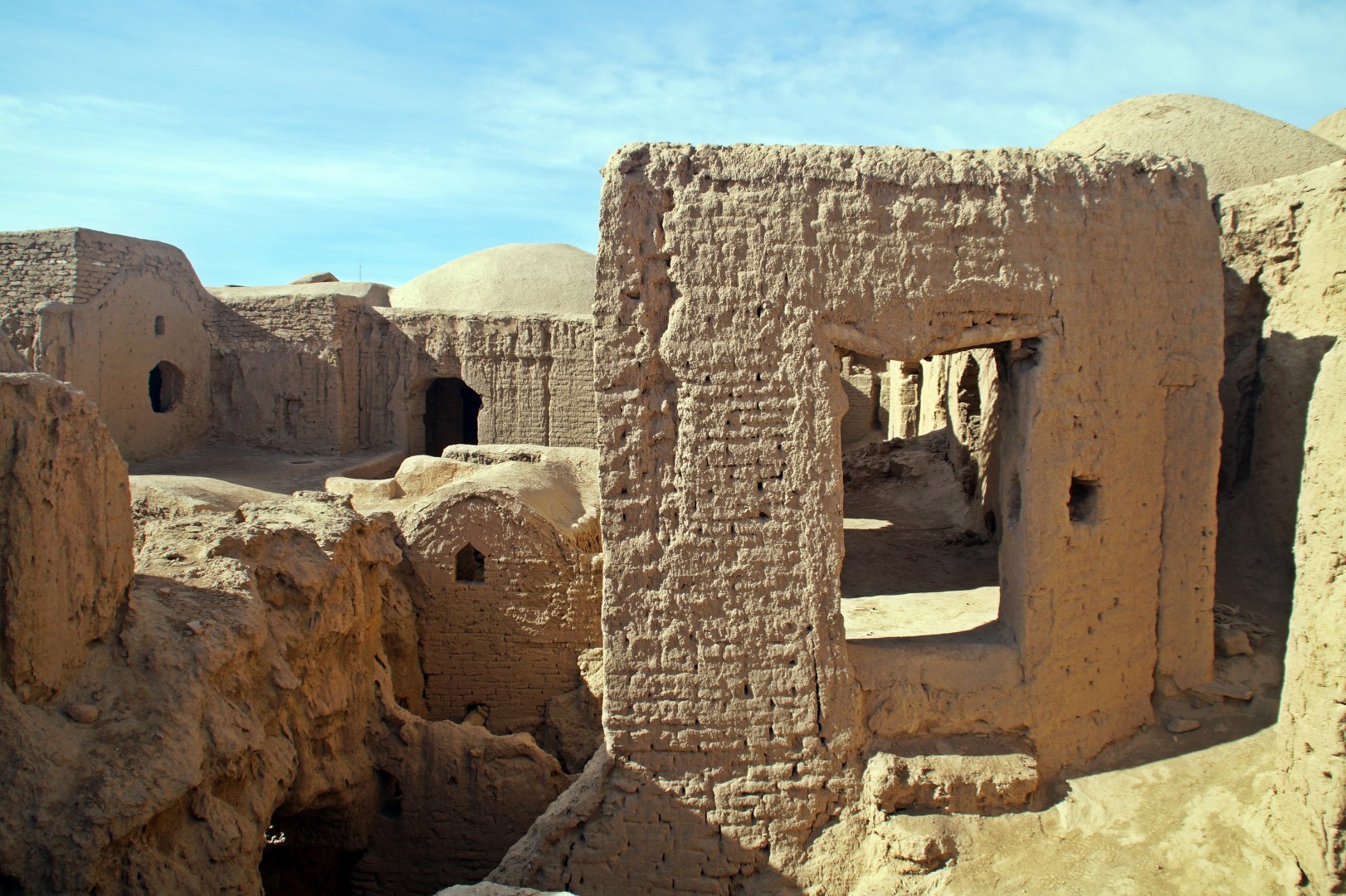
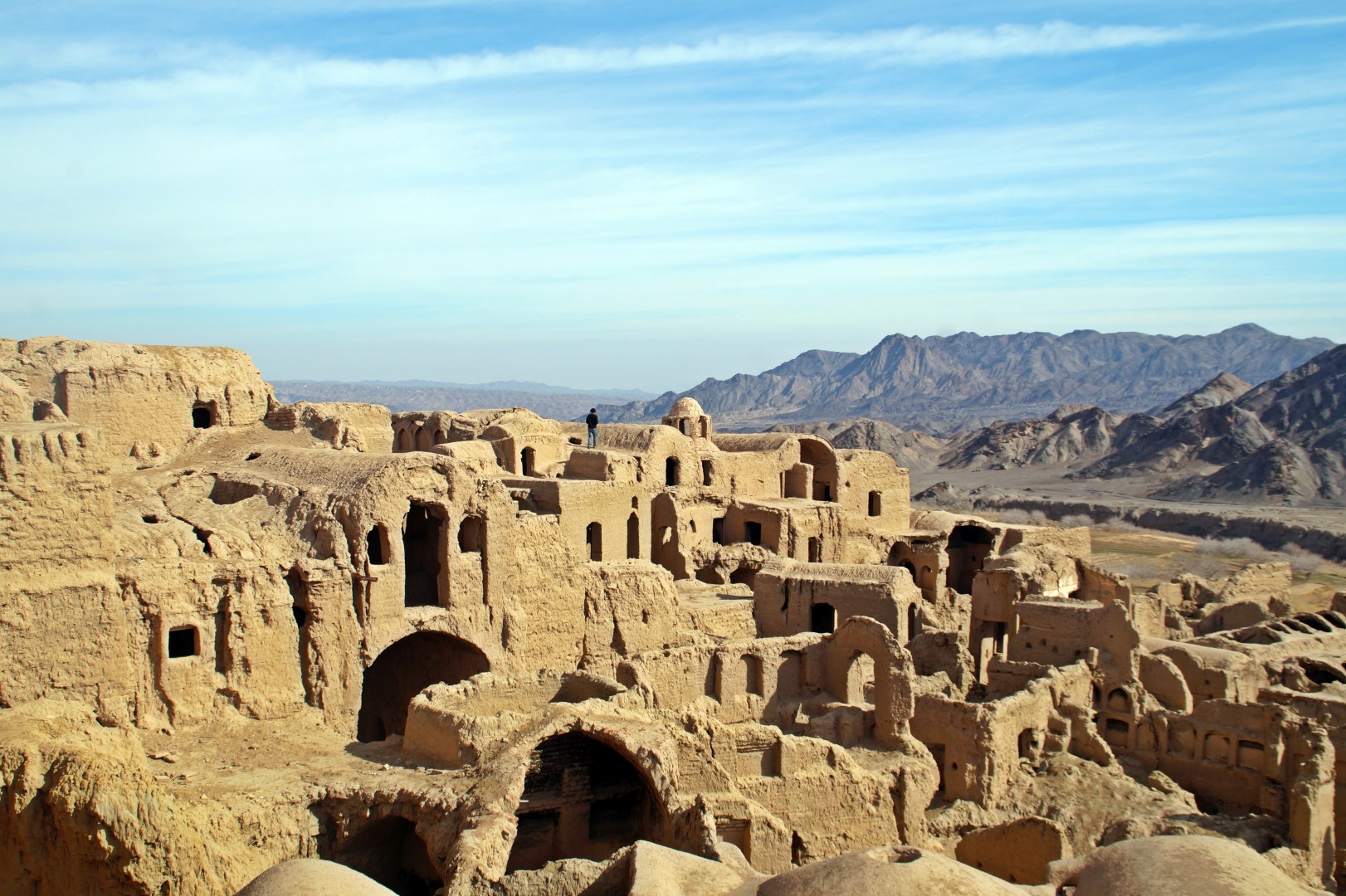
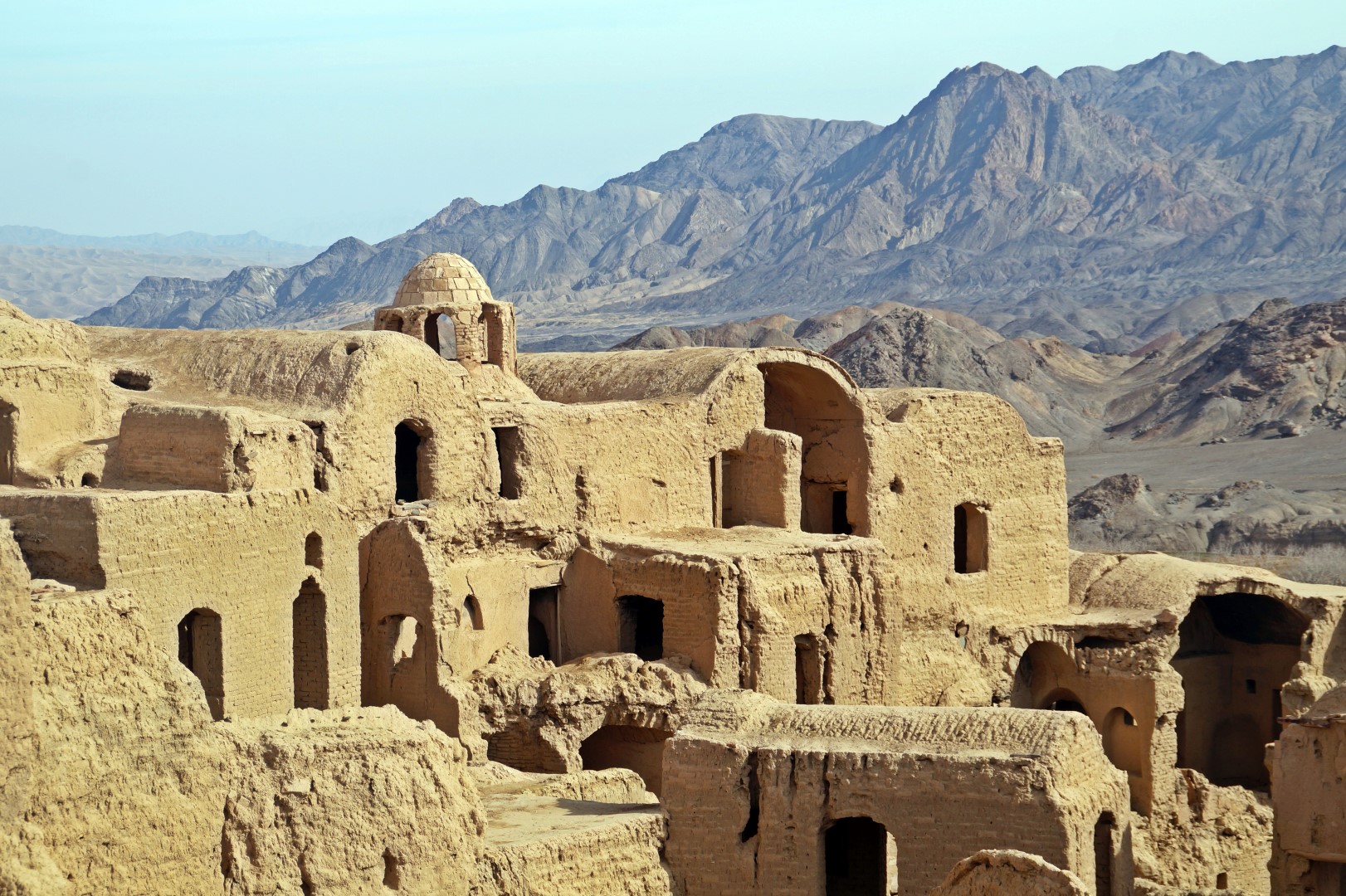
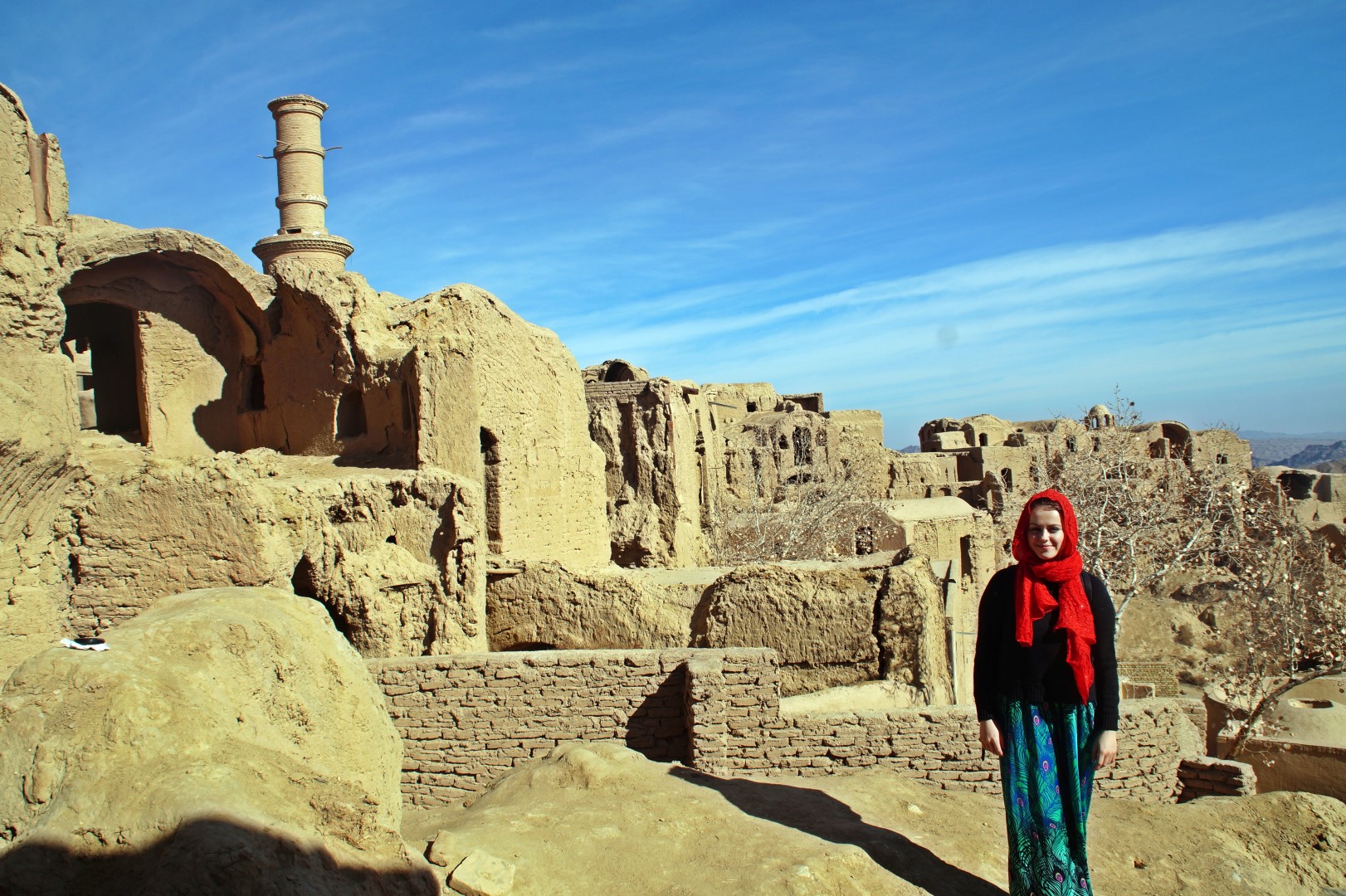
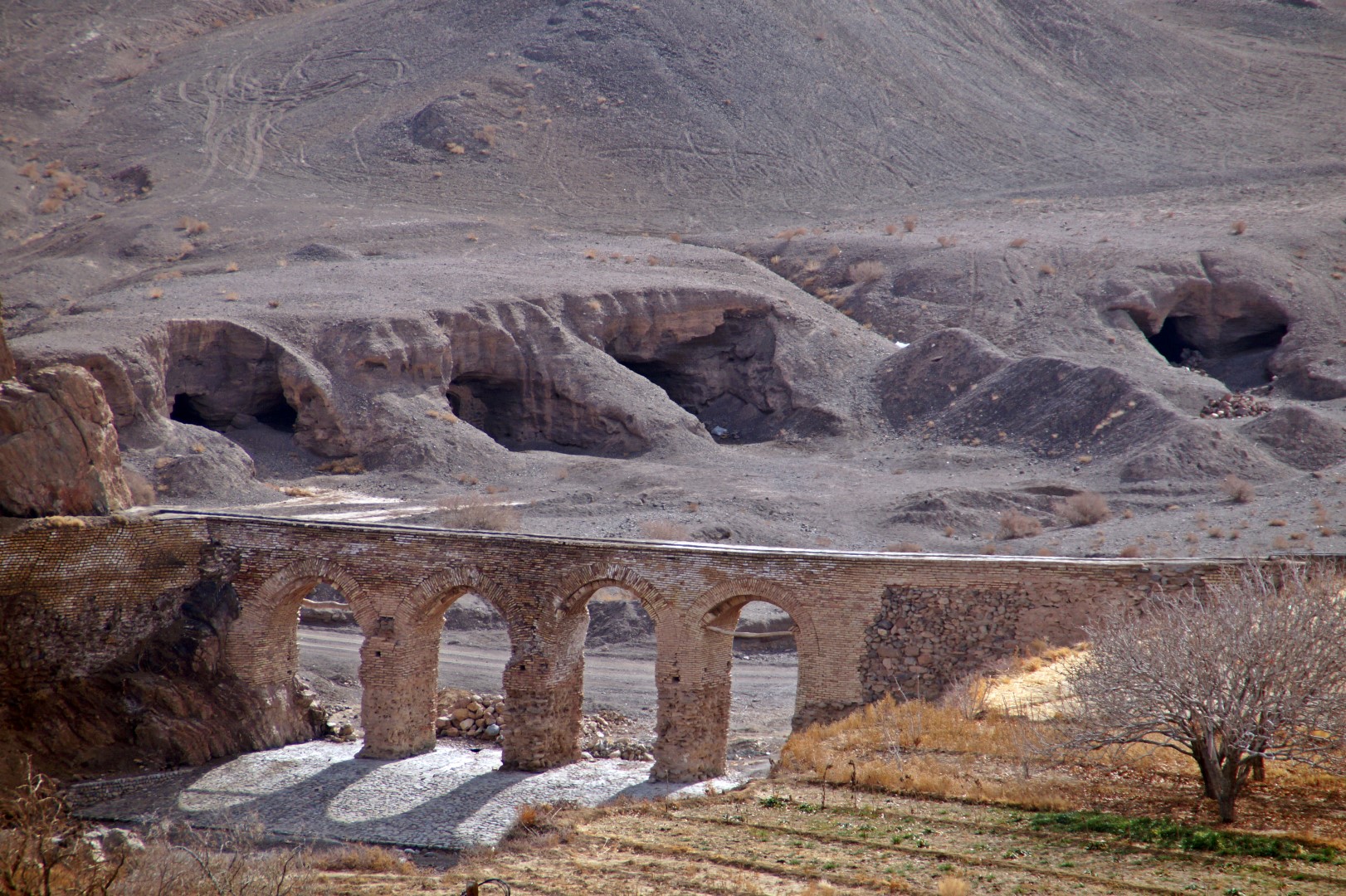
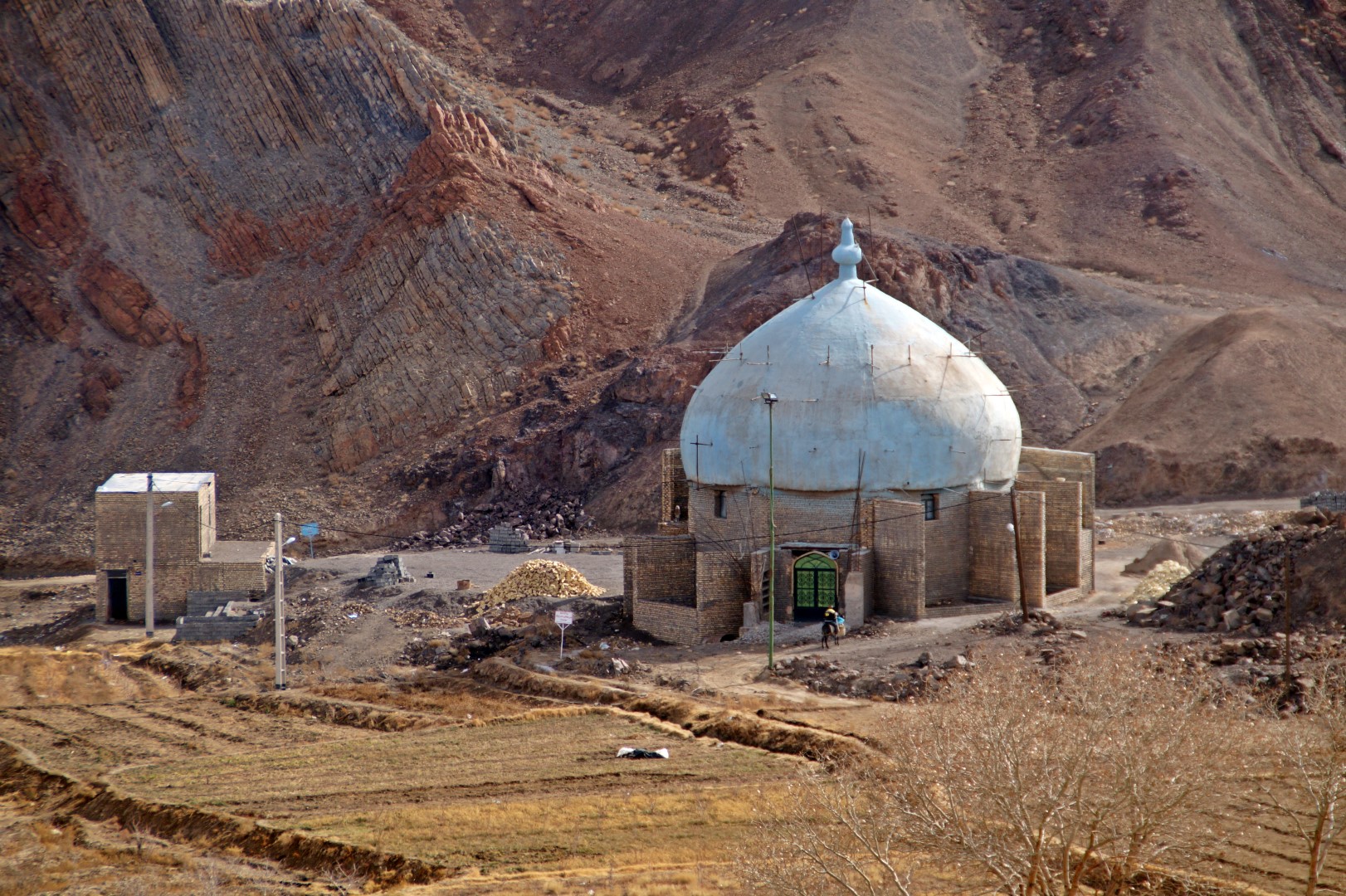
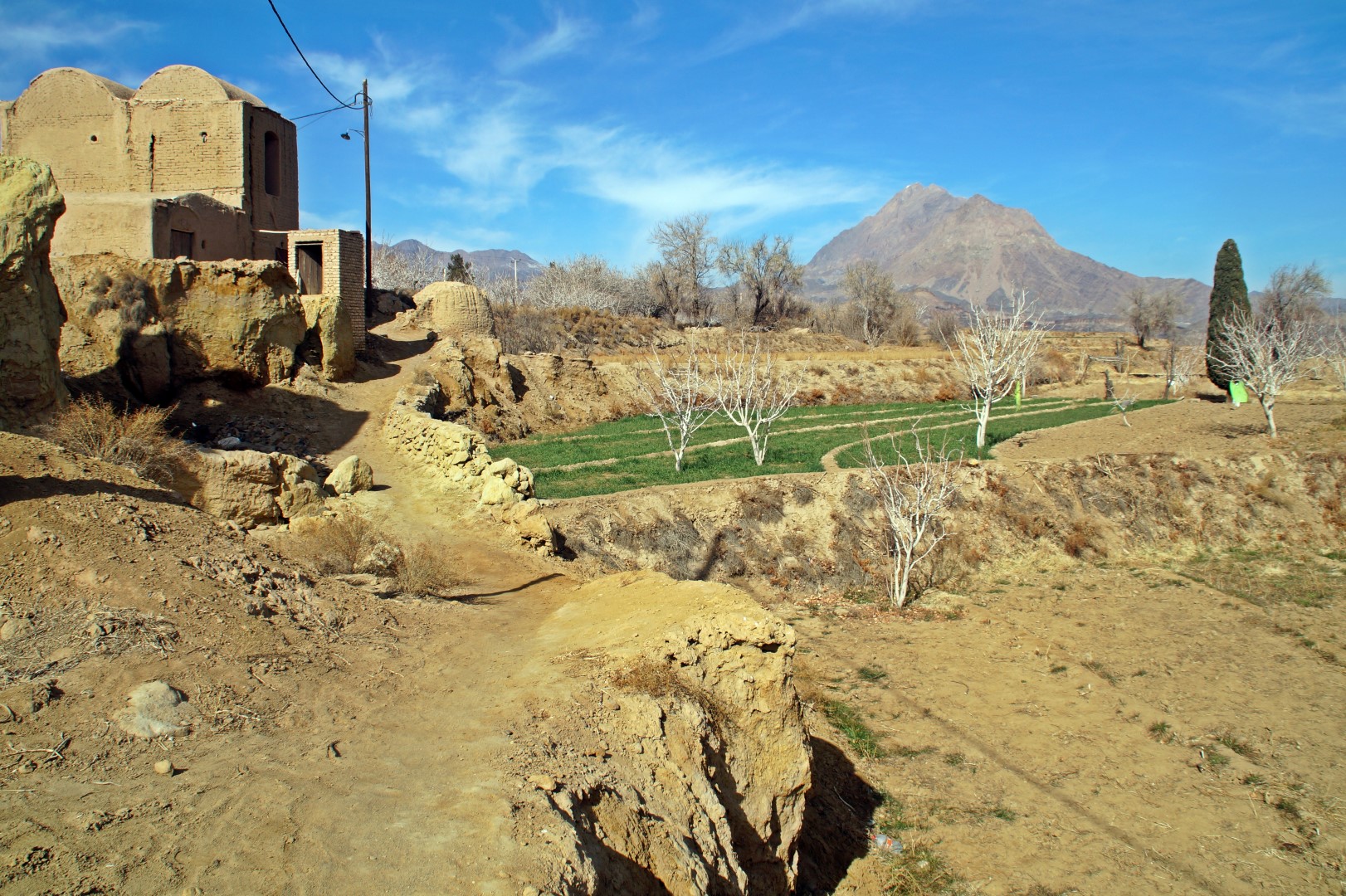
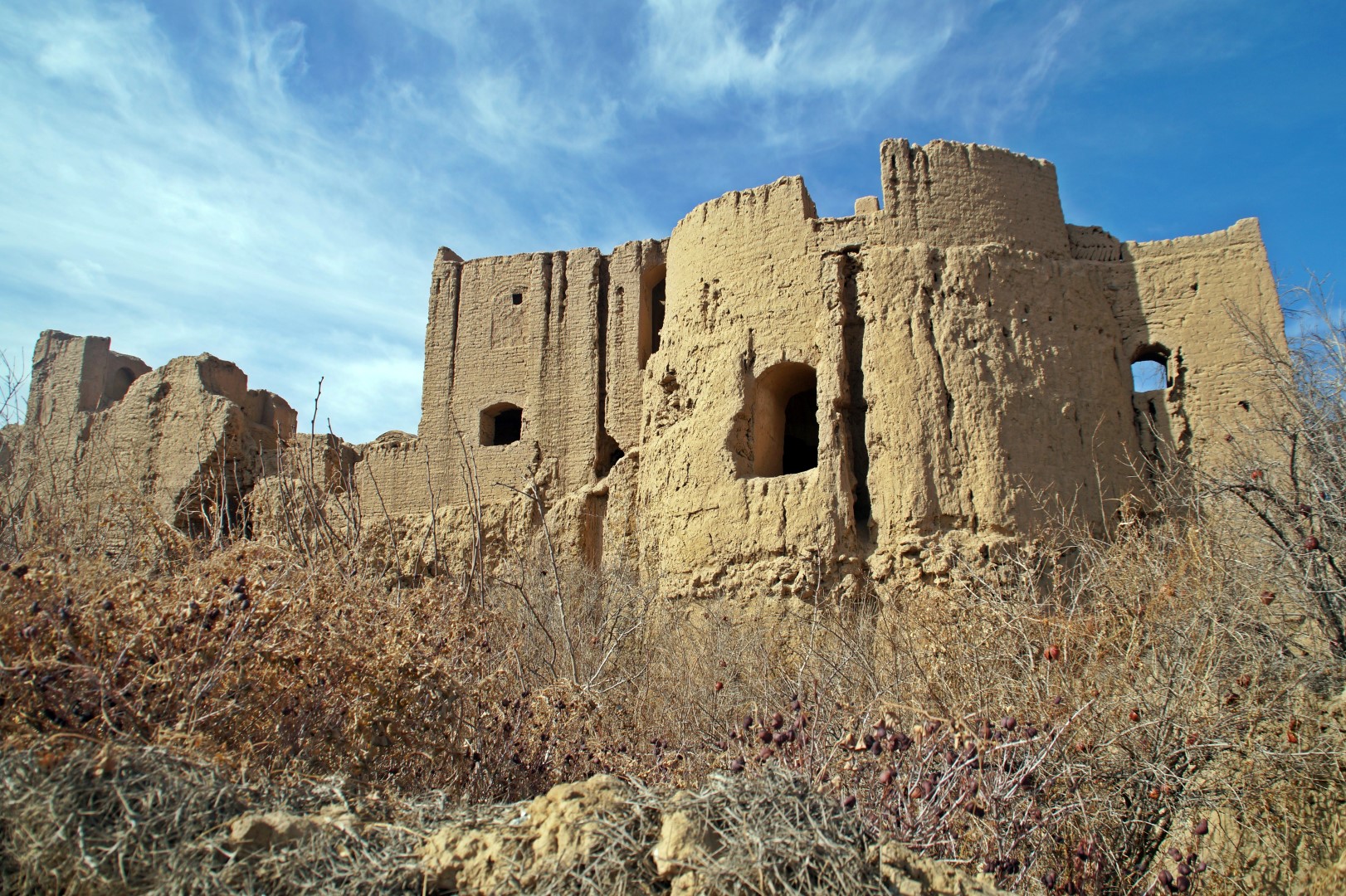
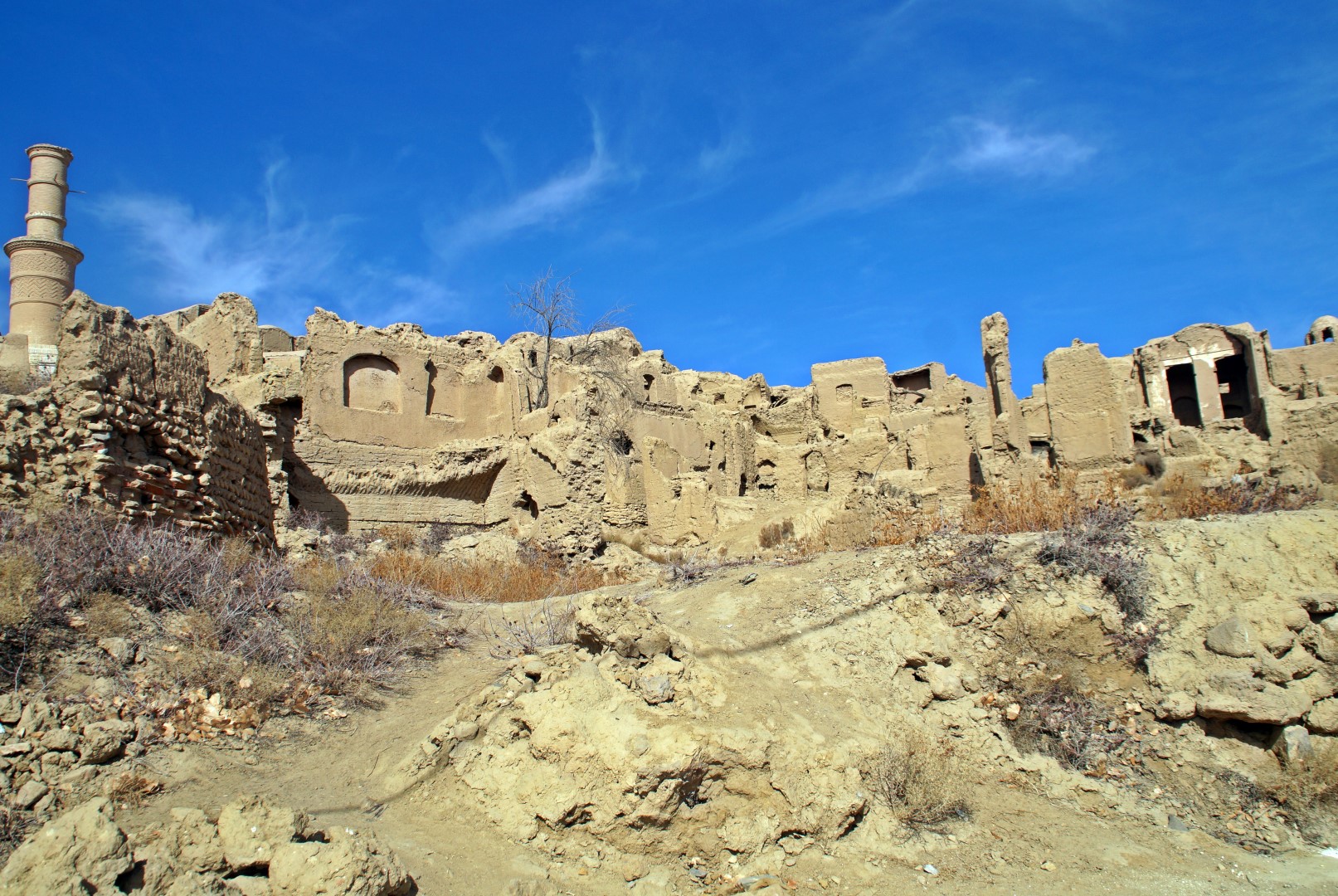
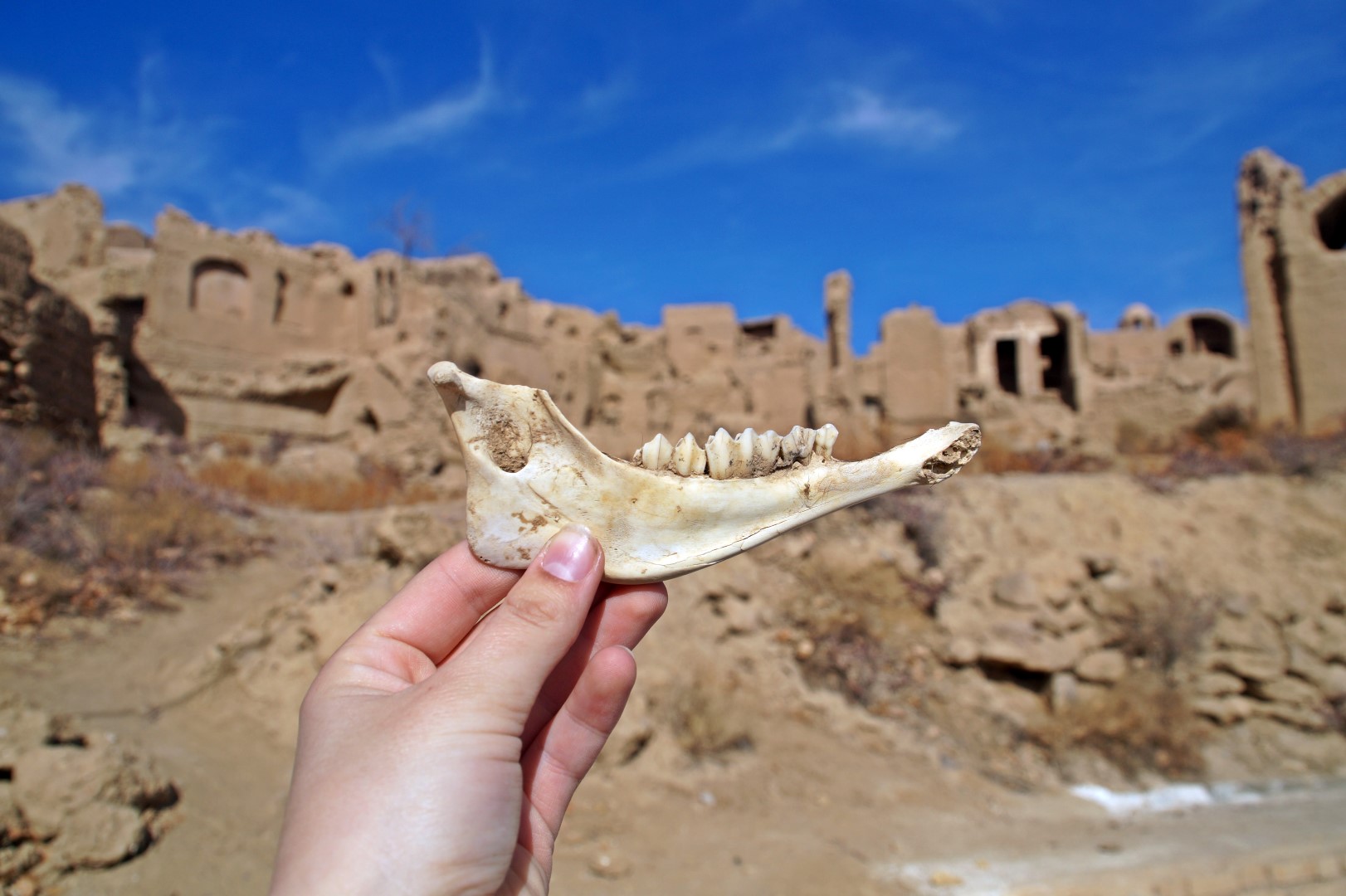
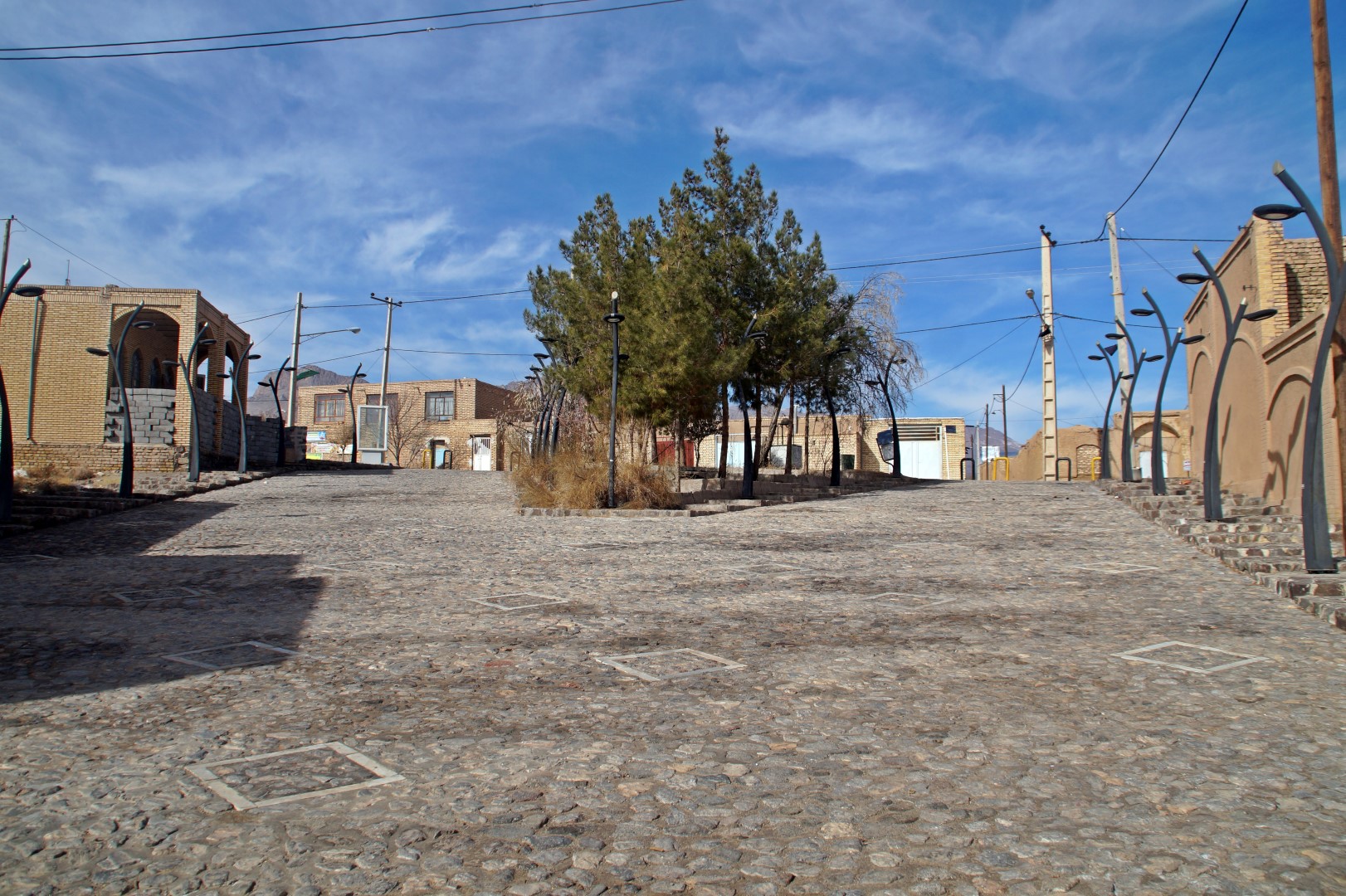
The Fire Temple of Chak Chak
The next stop on the tour was the Zoroastrian fire temple of Chak Chak. It’s the most sacred of the mountain shrines of Zoroastrianism. This is where Nikbanou, the second daughter of the last pre-Islamic Persian ruler, Yazdegerd III of the Sassanid Empire, was cornered by the invading Arab army in 640 AD., and she prayed to Ahura Mazda to protect her, and in response, the mountain opened up and sheltered her from the invaders, according to Zoroastrian belief.
The fire temple serves as a pilgrimage point for thousands of Zoroastrians every year, who drive up the mountain until they come to the point where they catch sight of the temple, and from there, they complete the last part of their journey on foot.
The drive up to Chak Chak was amazing. The fire temple is situated on the side of a towering mountain, so the view from the place was spectacular. The shrine was nothing like I had imagined, as the eternal flame was rather tiny and the buildings looked new. It was cool to see nonetheless, and I especially liked the story of Nikbanou.
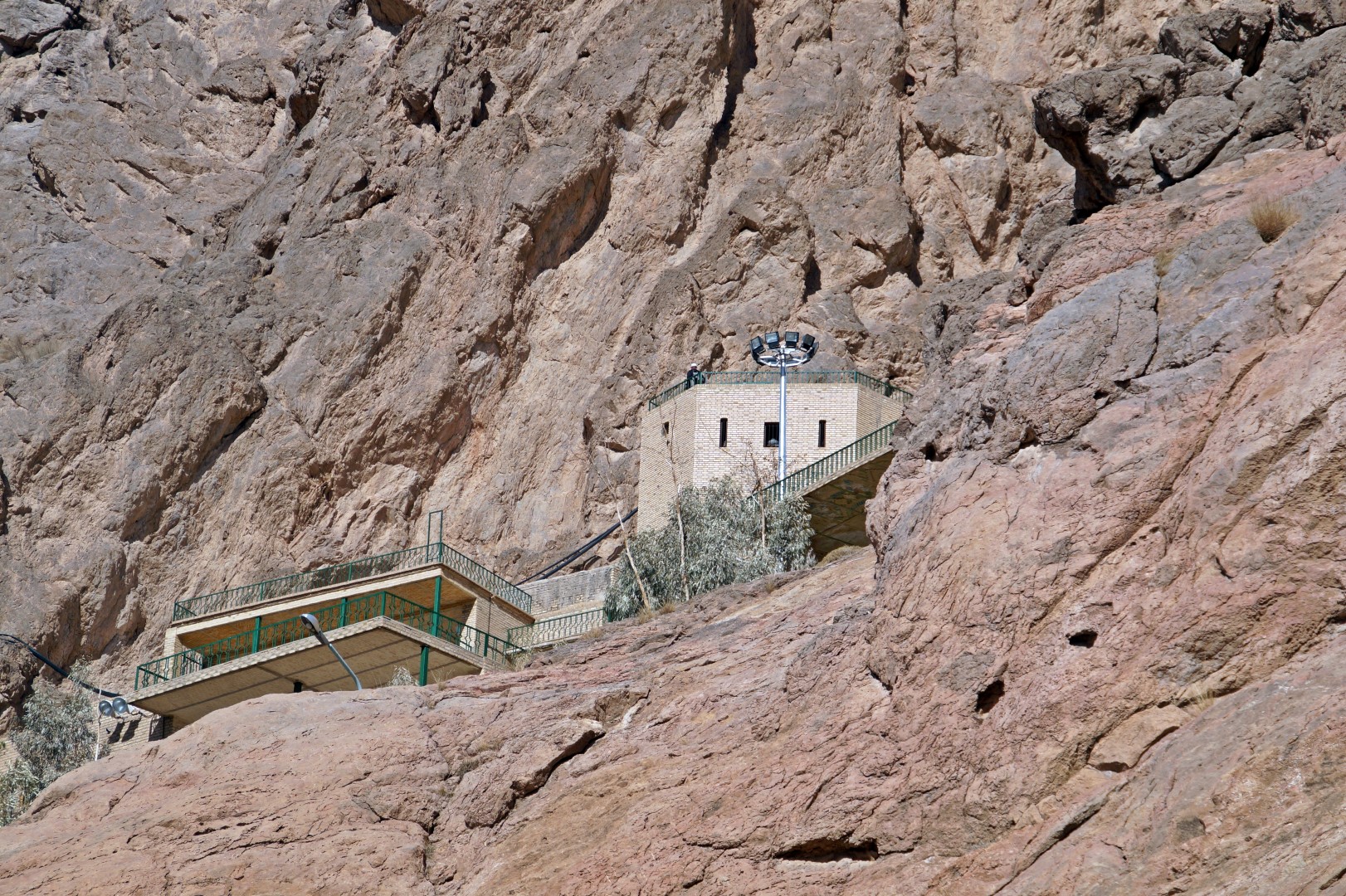
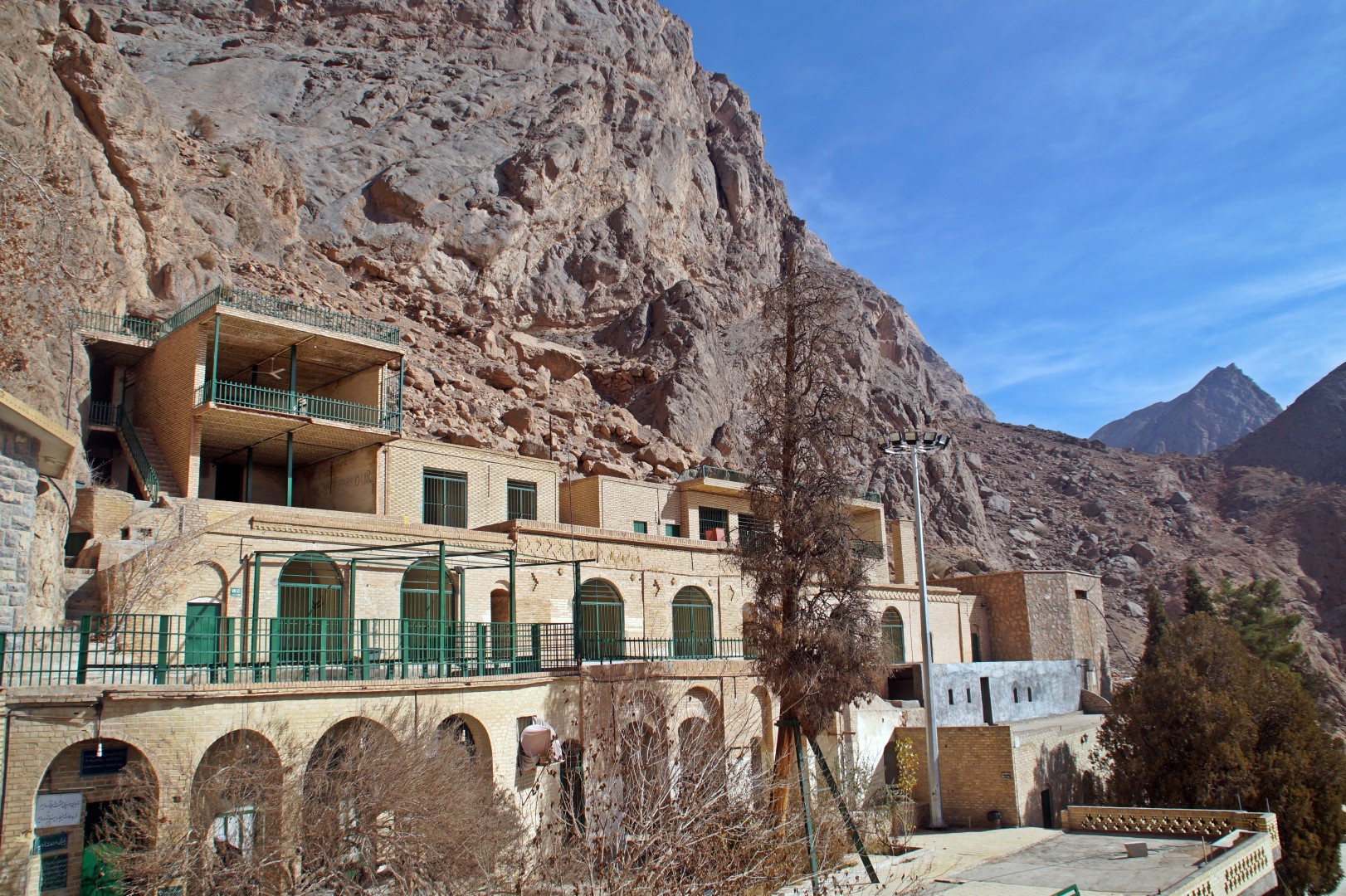
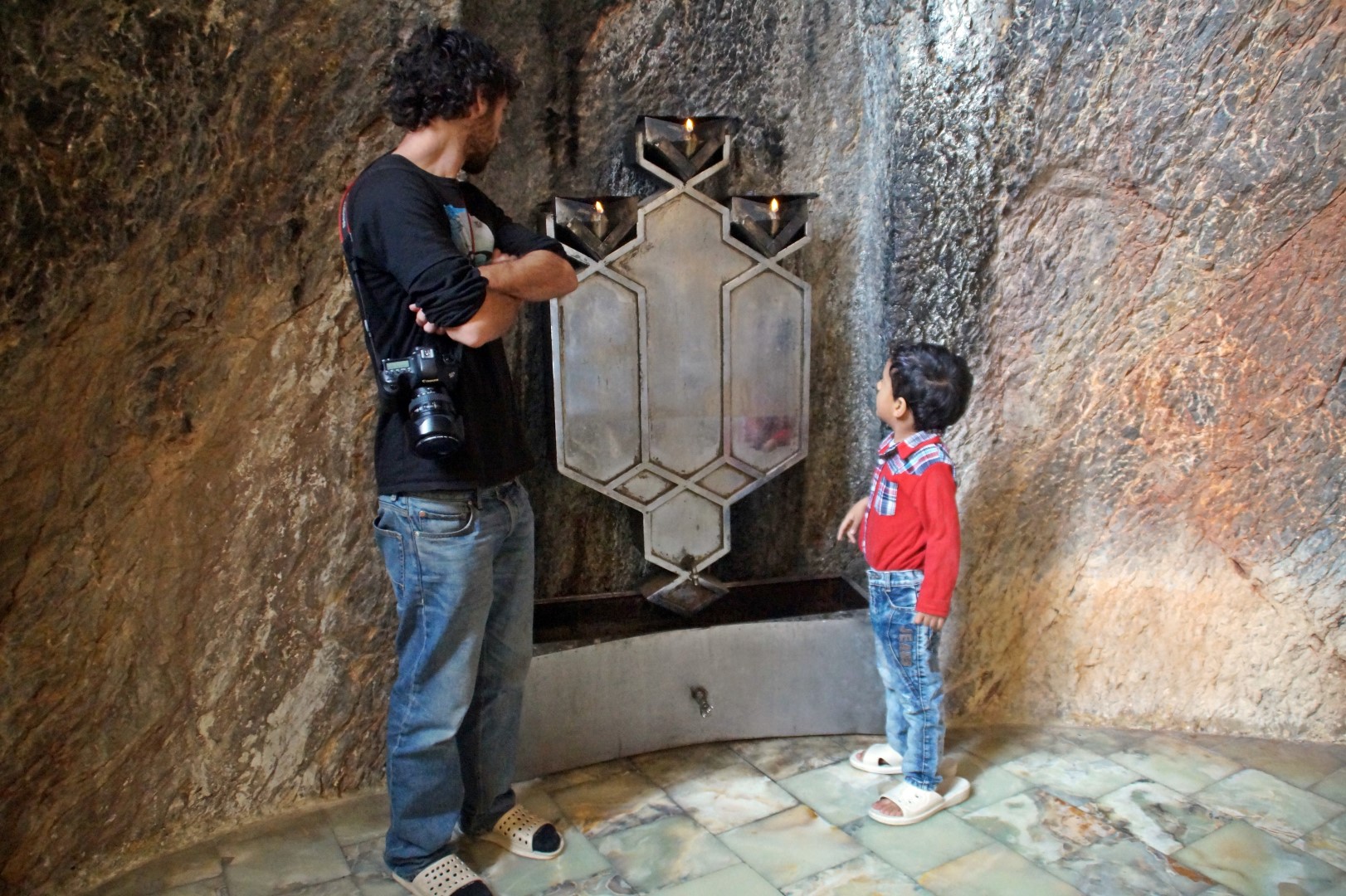
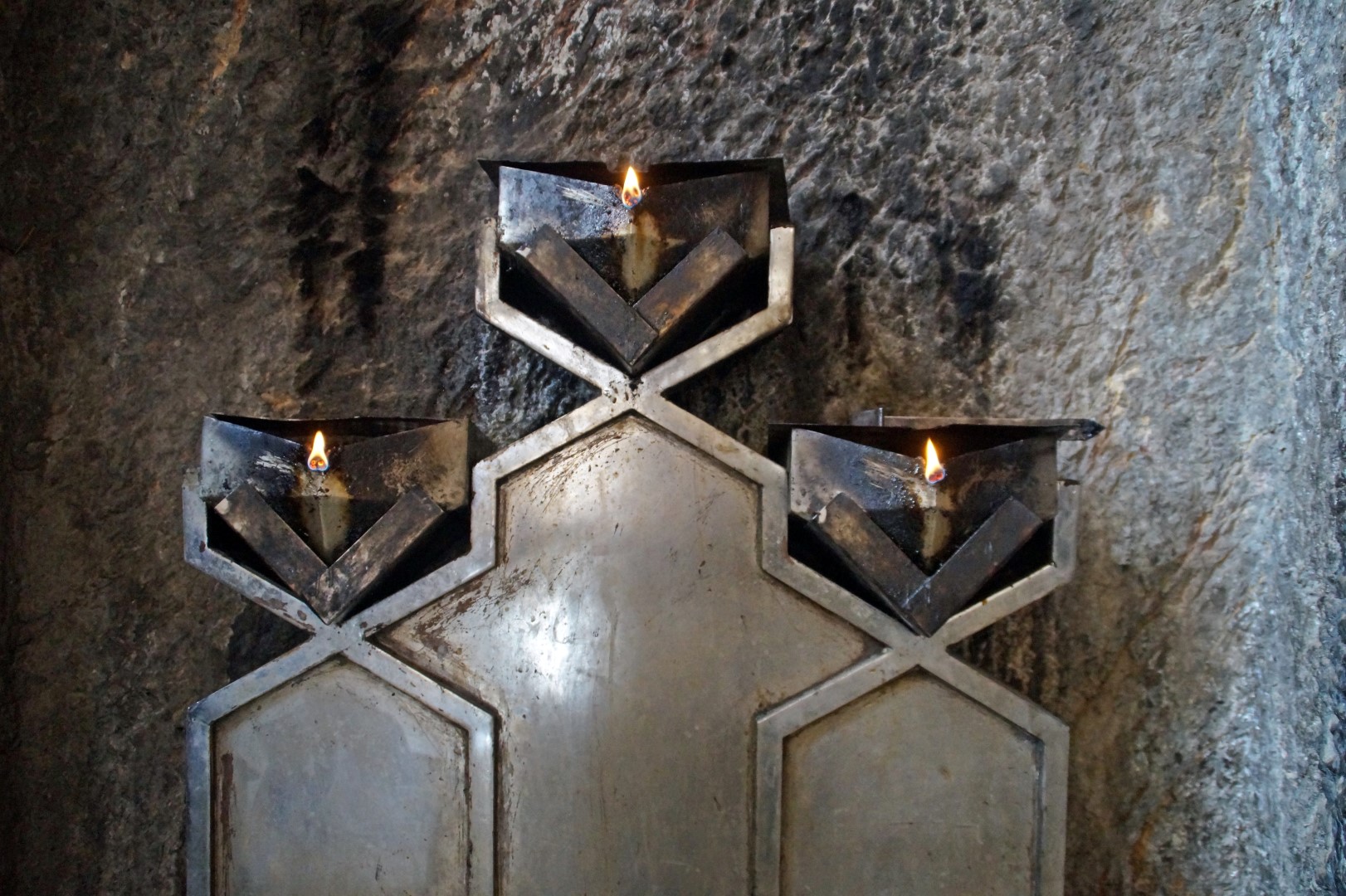
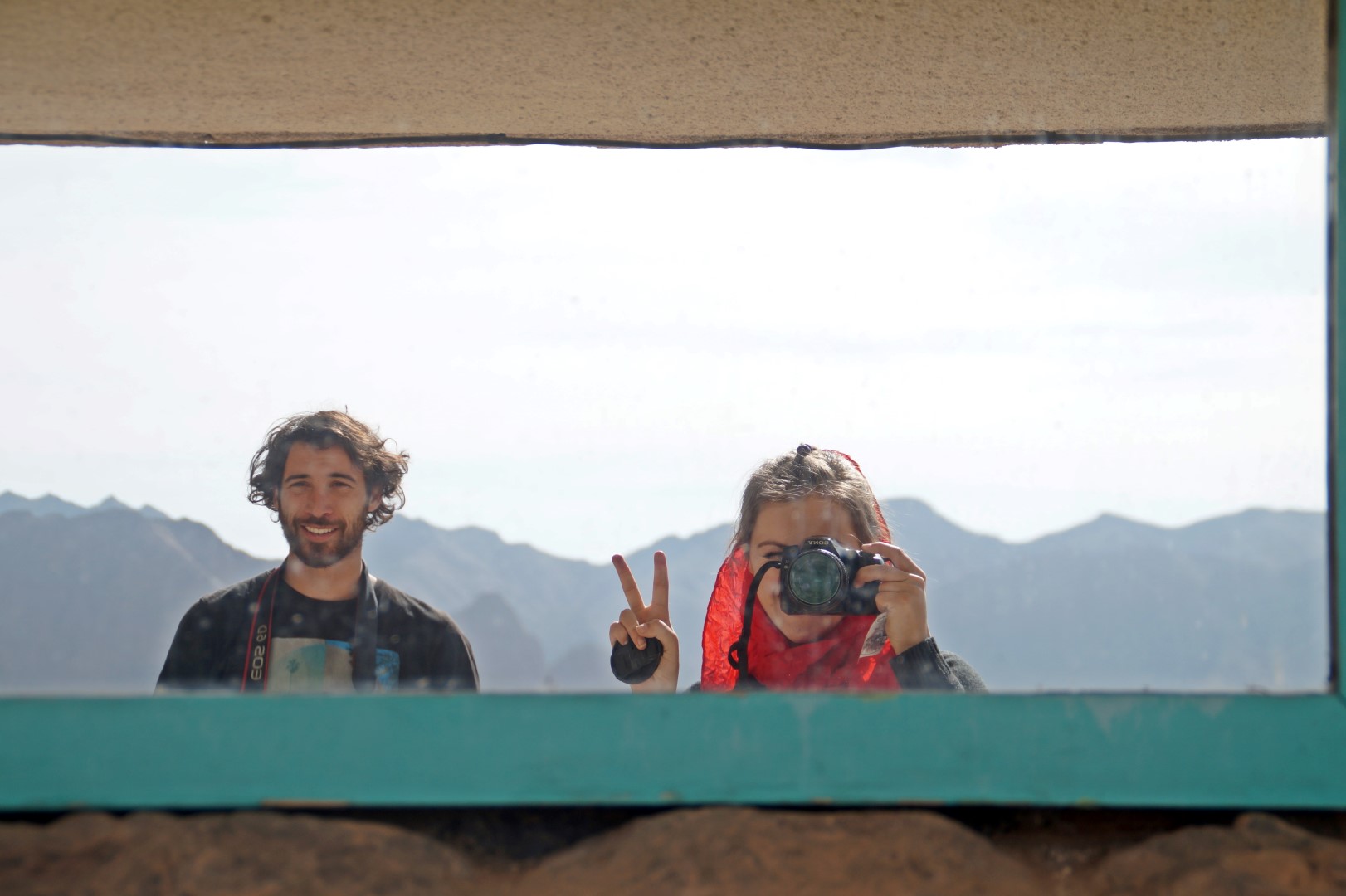
The ancient castle of Narin Qal’eh
The last stop was the city of Meybod, where we explored the ancient Narin Qal’eh Castle, a mudbrick fort, which used to constitute the government stronghold in Meybod in the Sasanian dynasty (224 to 651 AD). The fort may well be the oldest existing mudbrick structure in Iran. Officially, it was built some 2,000 years ago, but there are rumors that the fort was built over 7,000 years ago!
We only had 45 minutes to explore the fort, which wasn’t really enough, as there were still many rooms to be explored when we had to leave the place. For what it was, the entrance price of 150,000 rial (4½ USD) was pretty expensive compared to how much more the ancient village of Kharanaq had to offer – for free -, but considering the history of the fort, it was definitely worth visiting.
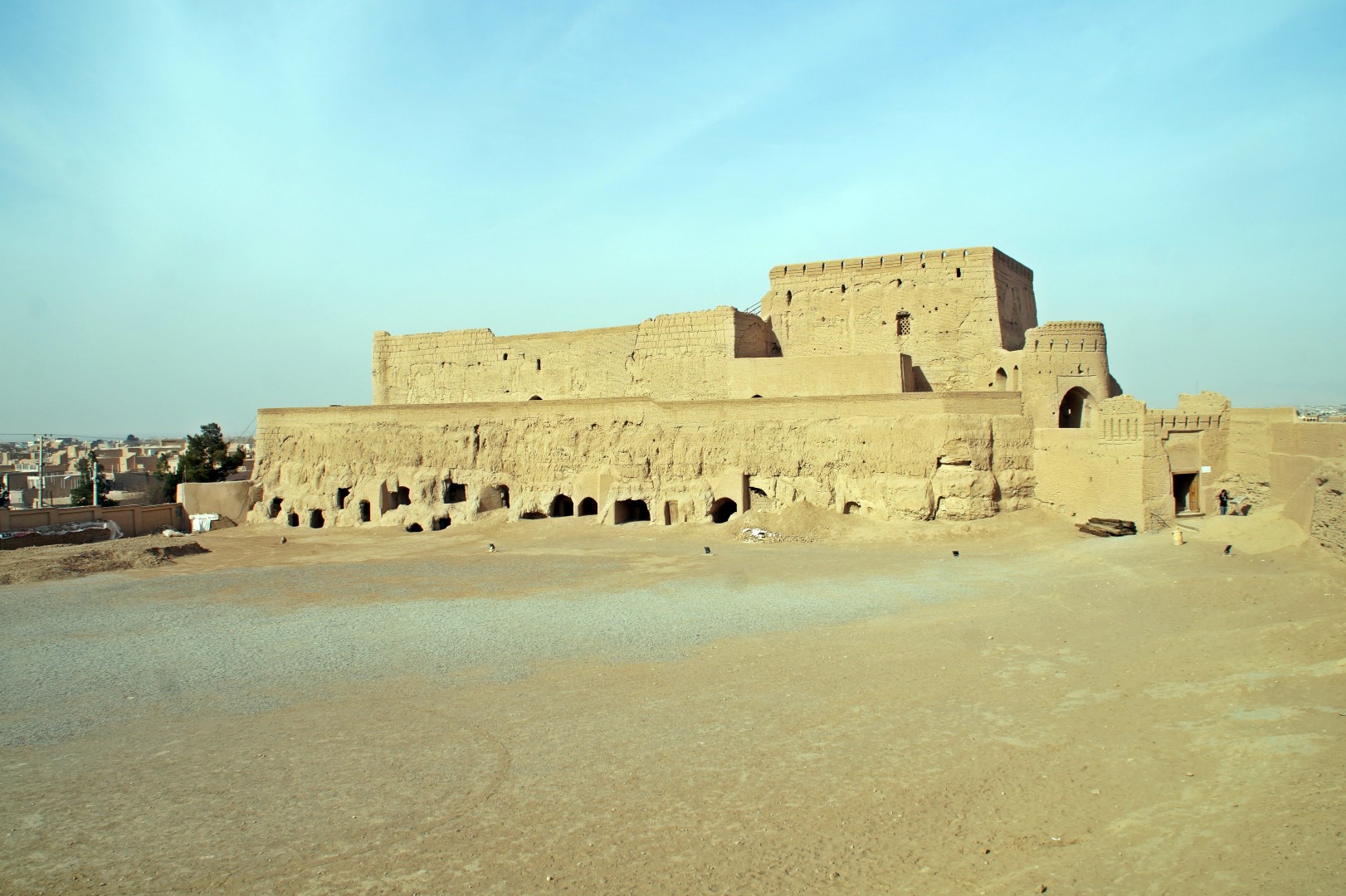
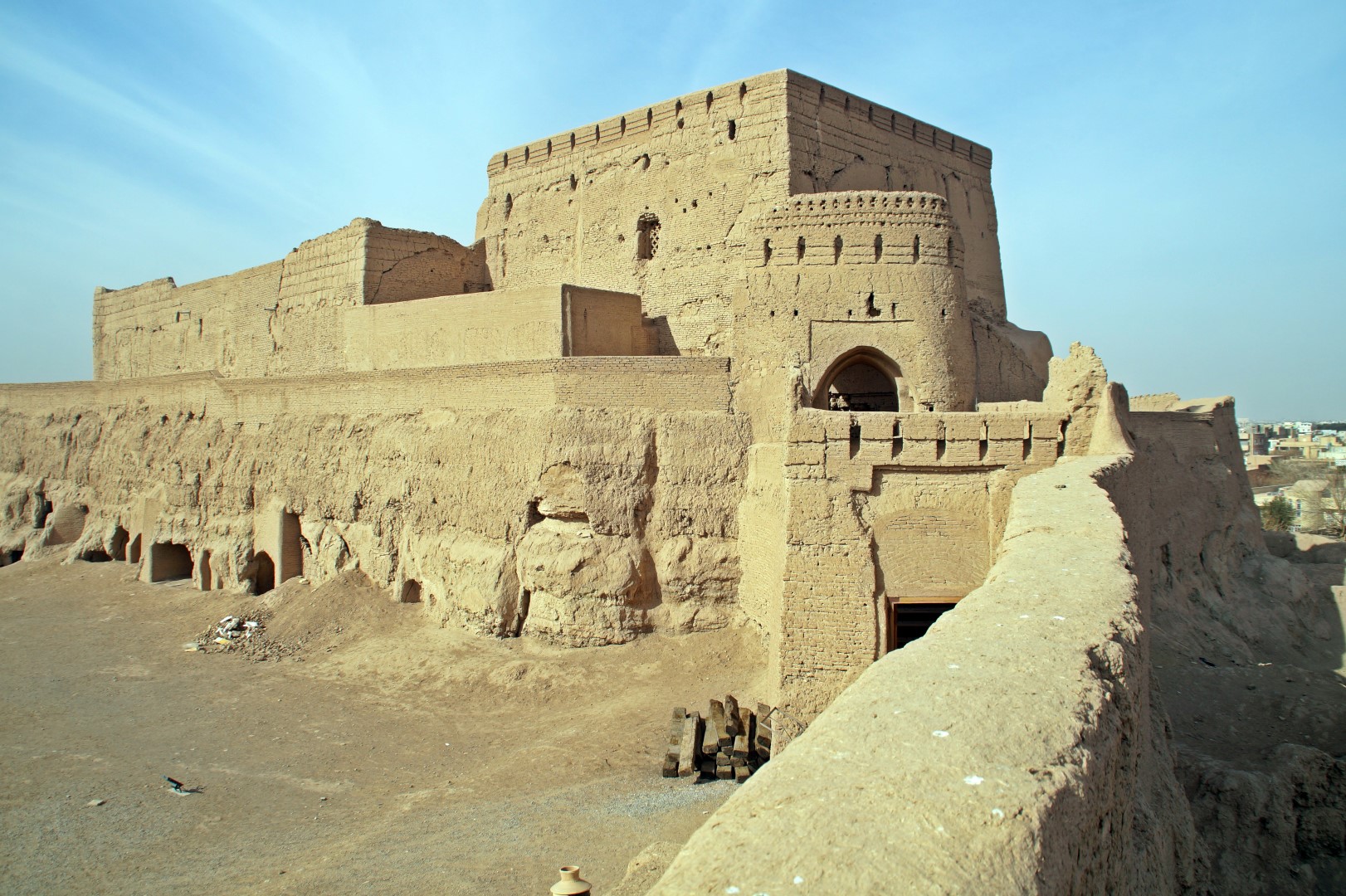

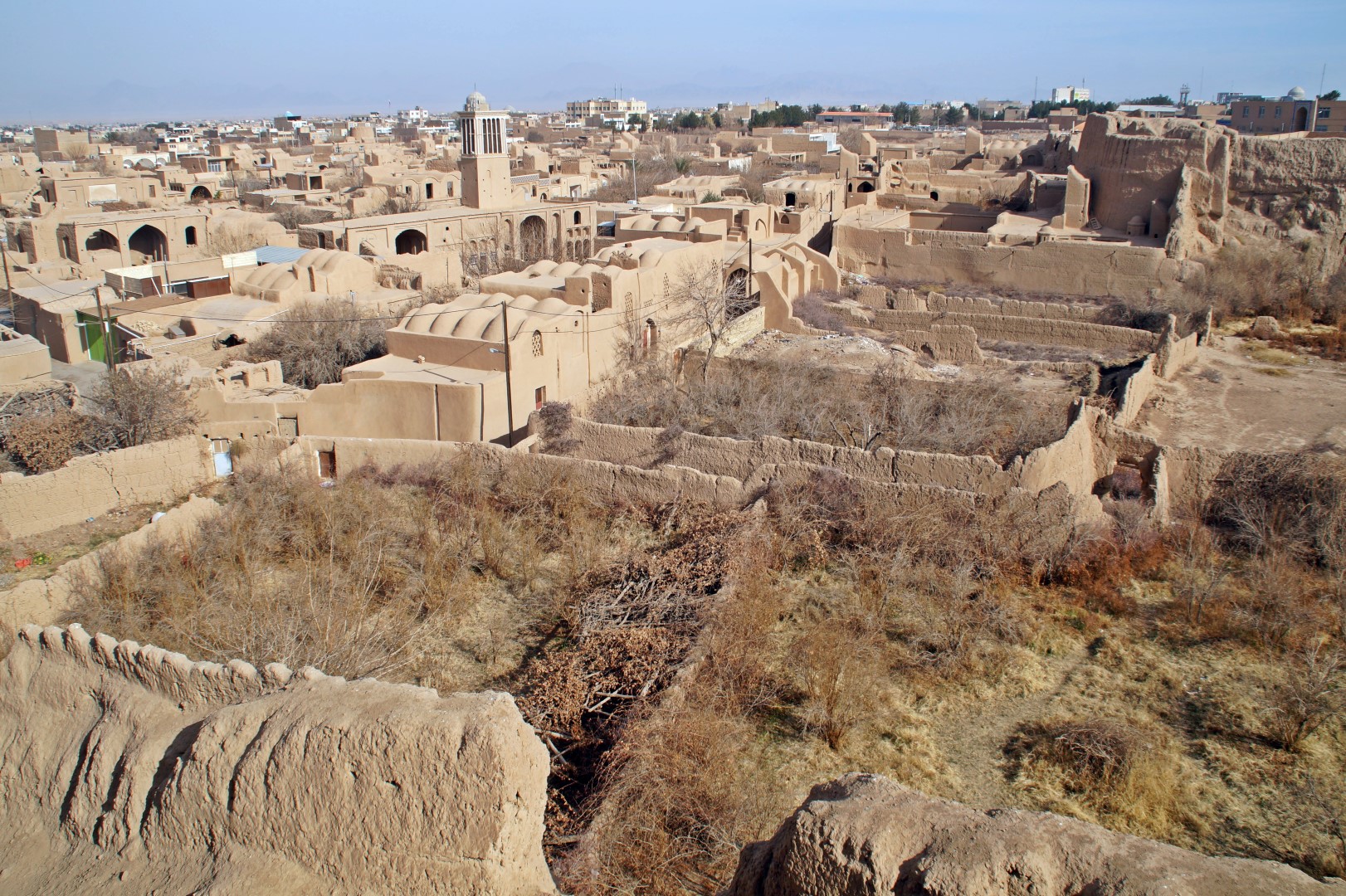
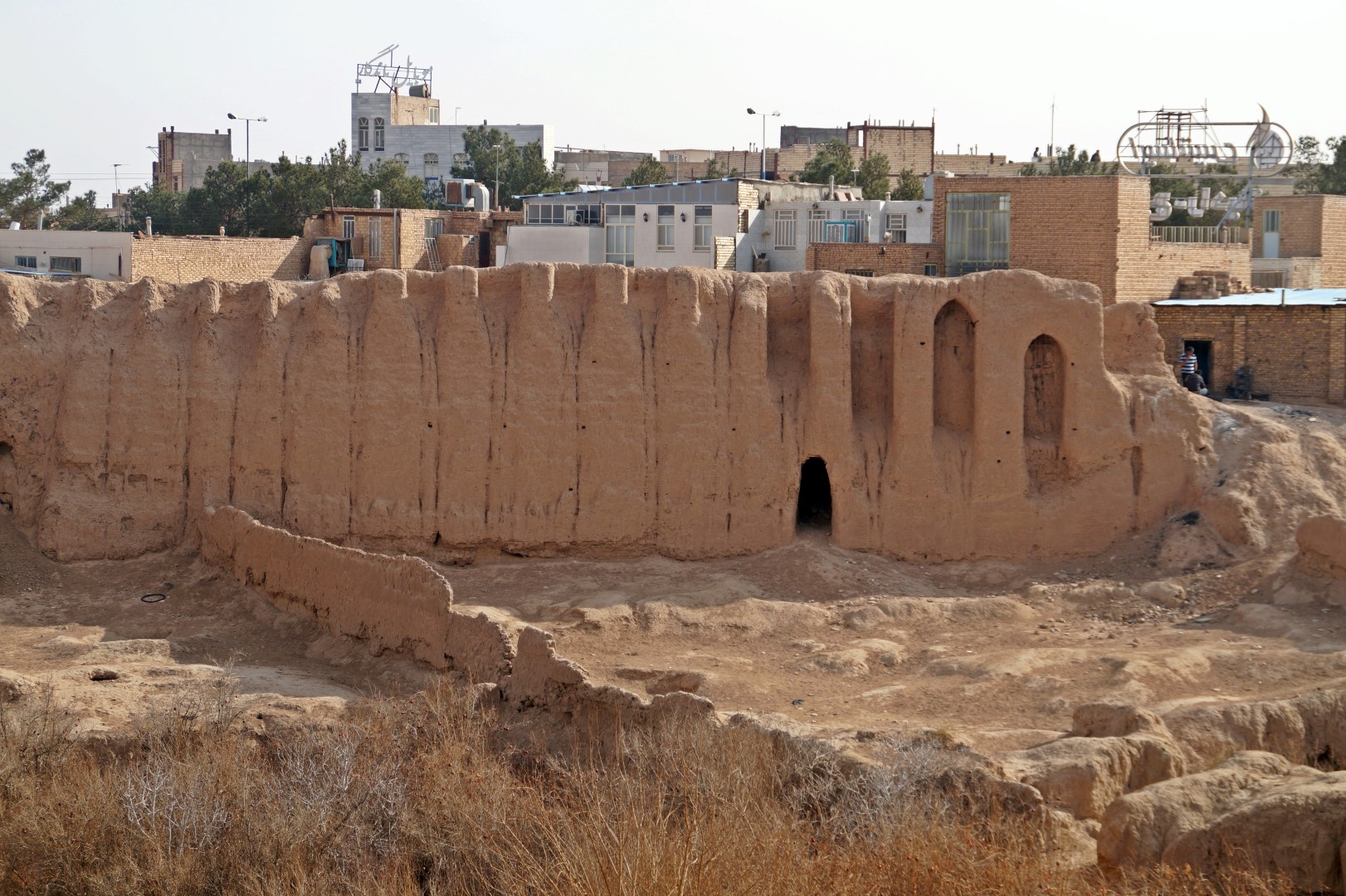
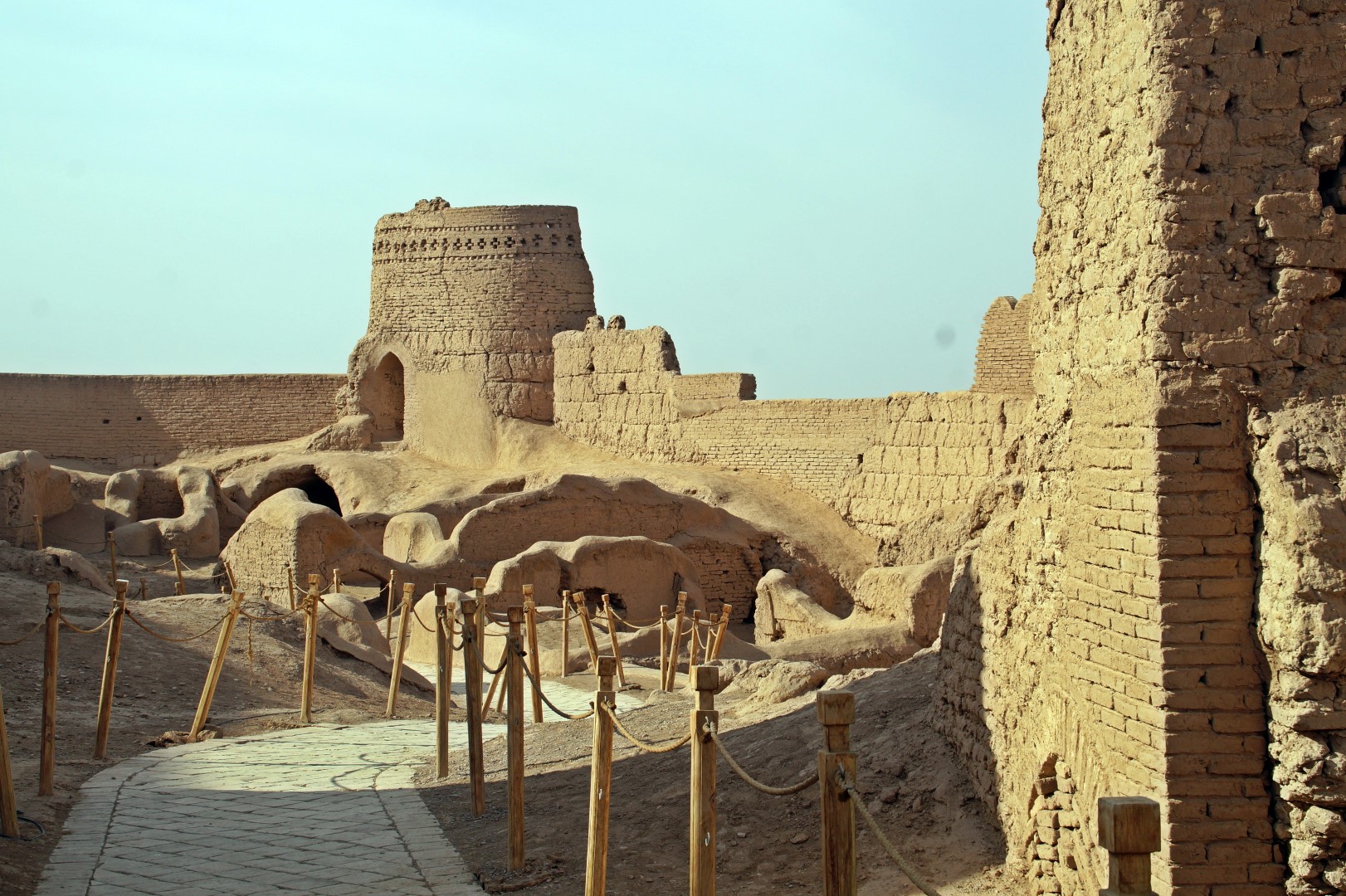
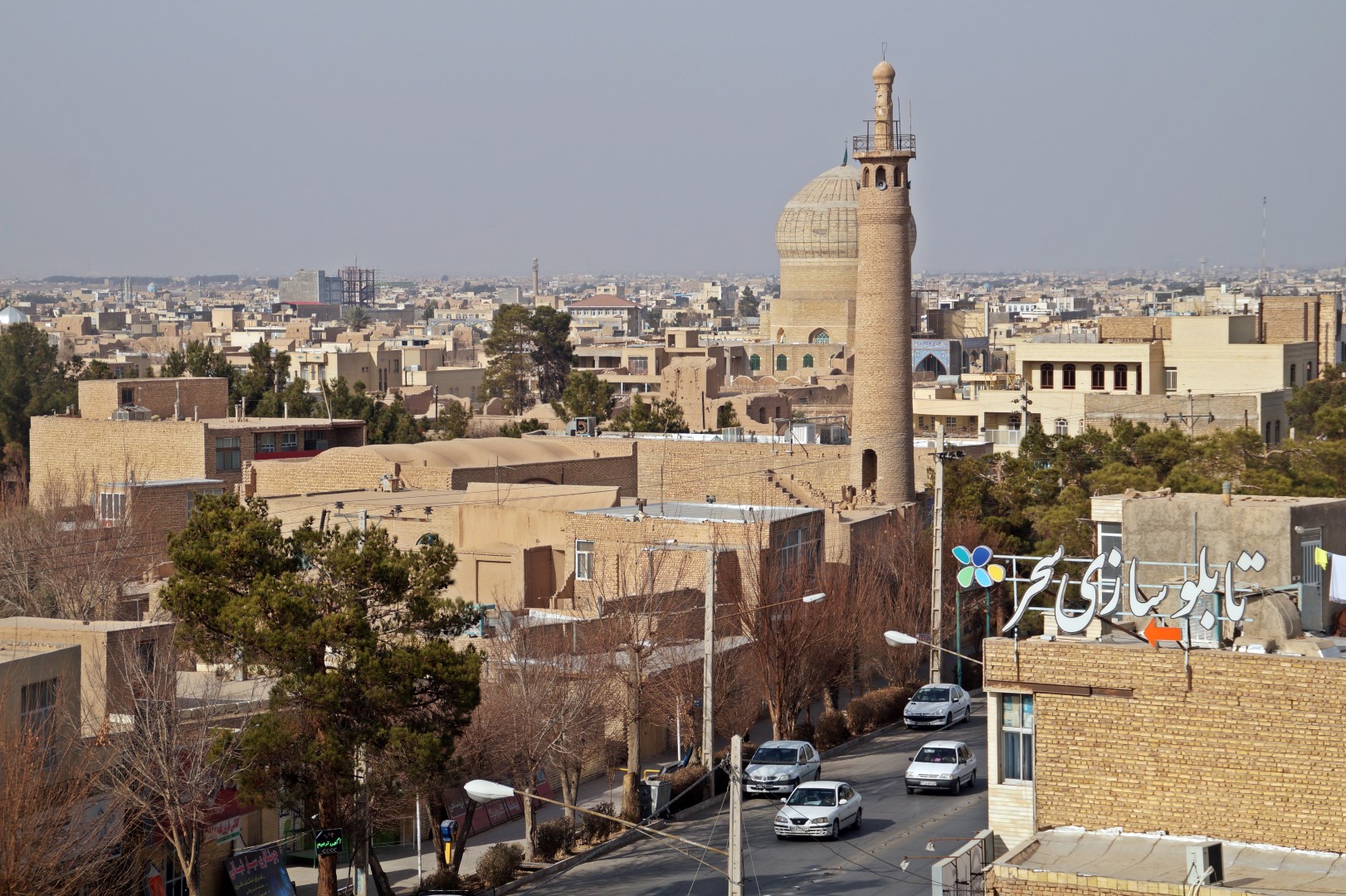

Despite having to pay more than double the price than that of the Abyaneh tour, this tour was definitely worth the money, although mostly for Kharanaq. The other sights were interesting to see, but I probably wouldn’t pay to see them again. Kharanaq I wouldn’t hesitate to visit again, if I ever come back to this region of Iran.
How to visit Kharanaq, Chak Chak and Meybod
- We didn’t see as many tour operators in Yazd as we did in Kashan, but there are a few, so it might be able to haggle with the price. But ask at your hostel and they’ll be able to hook you up with a driver.
- We were first told that the price for the tour would be 1,500,000 rial (46 USD), but because the driver – and us – failed to find other travellers to split the price with, he dropped it to 1,200,000 rial (37 USD) instead.
- Entrance fees: Kharanaq is free to visit. The Chak Chak fire temple is 50,000 rial (1½ USD) and the Narin Qal’eh Castle is 150,000 rial (4½ USD).
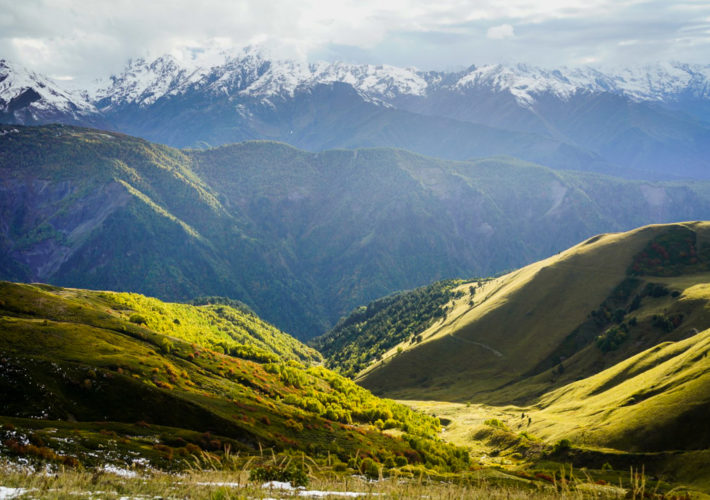



1 COMMENT
Abolfazl Ahmadi
5 years agoChak Chak and Kharanagh For Ardakan ; No meybod